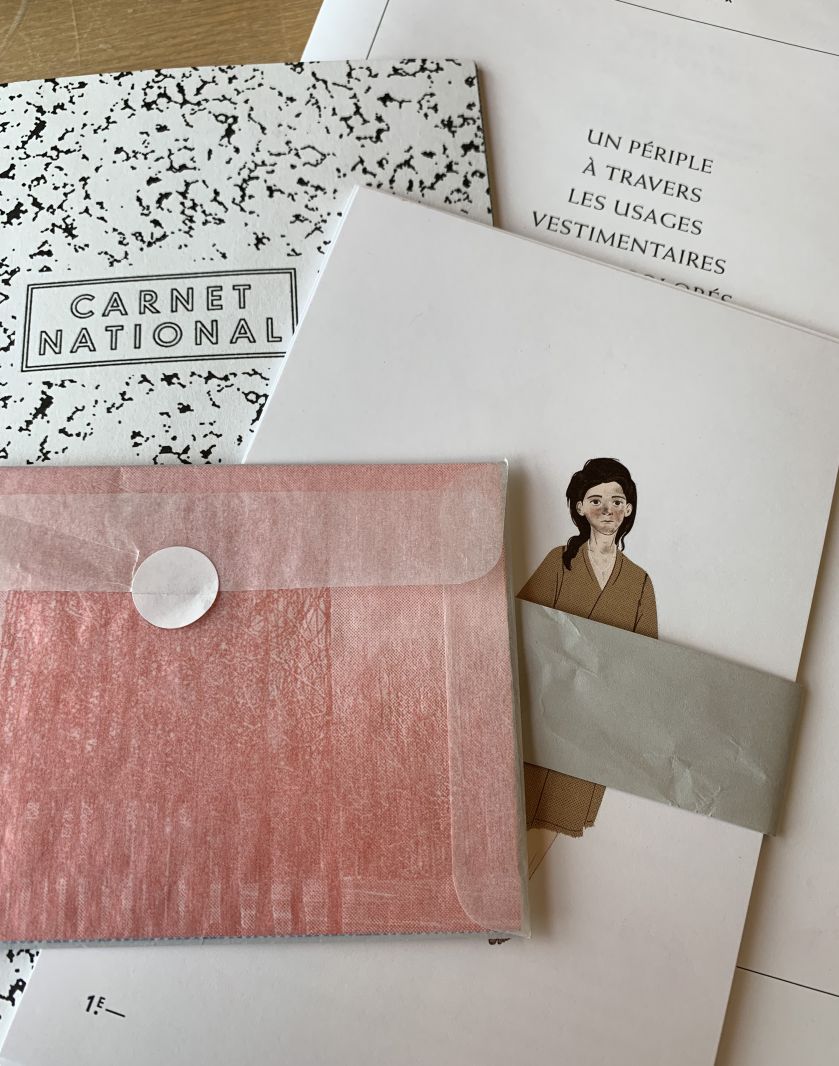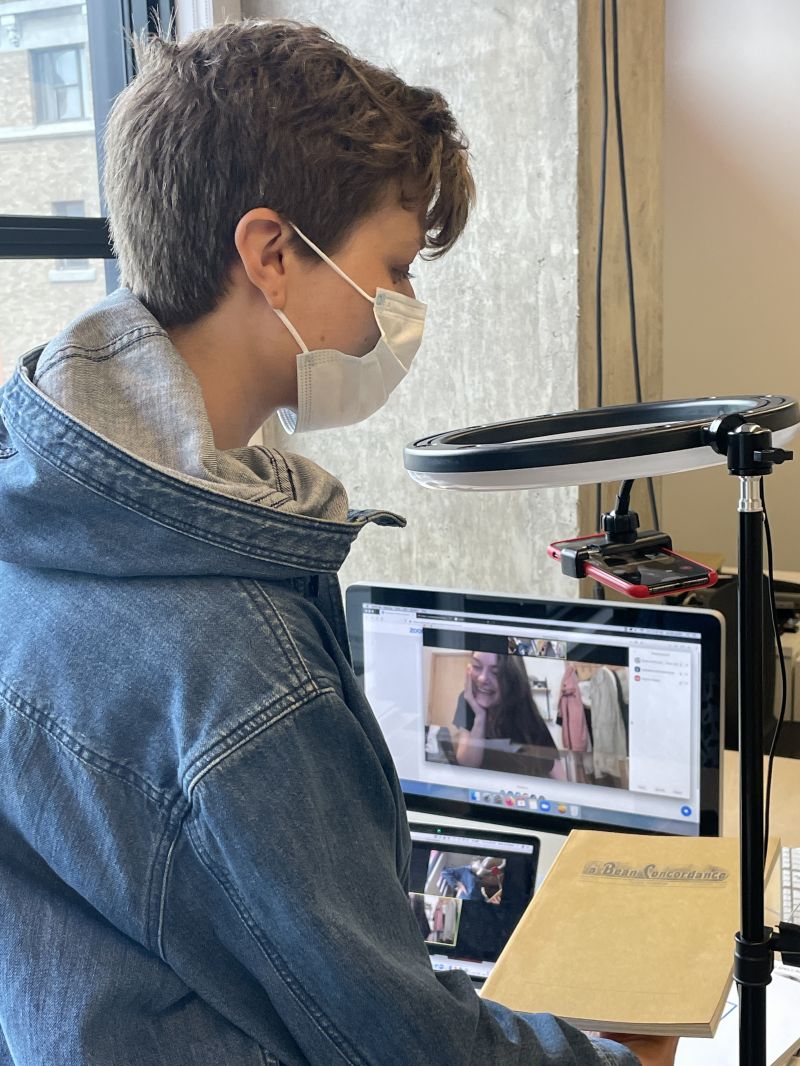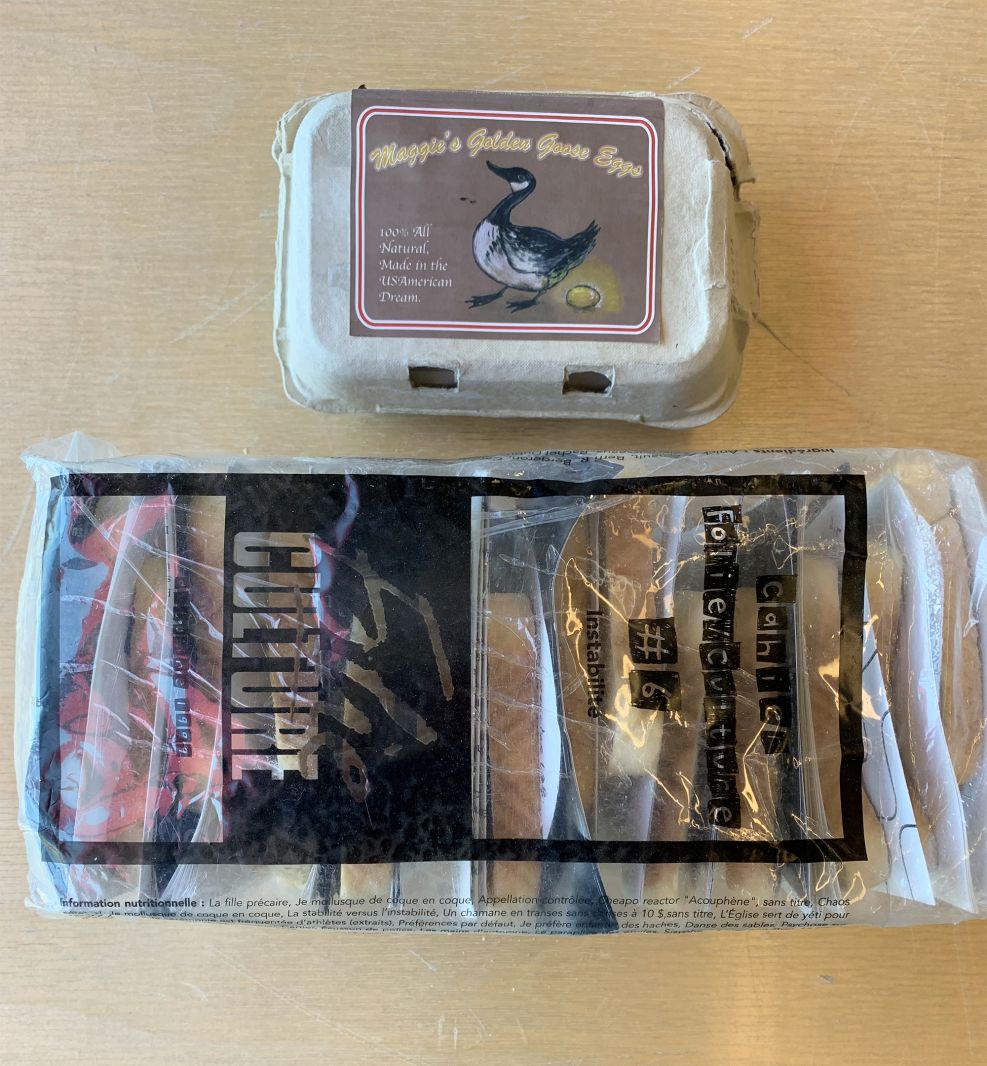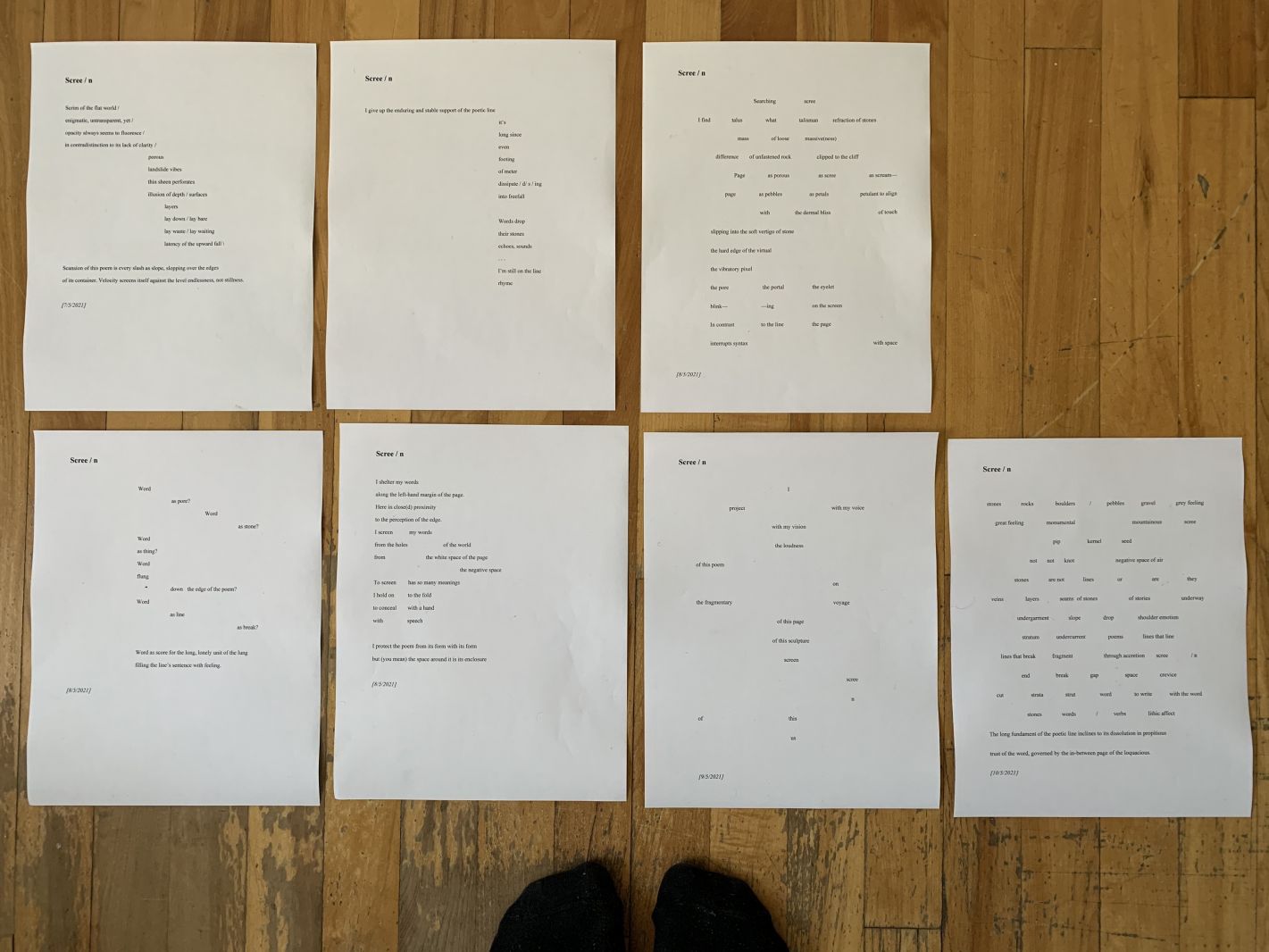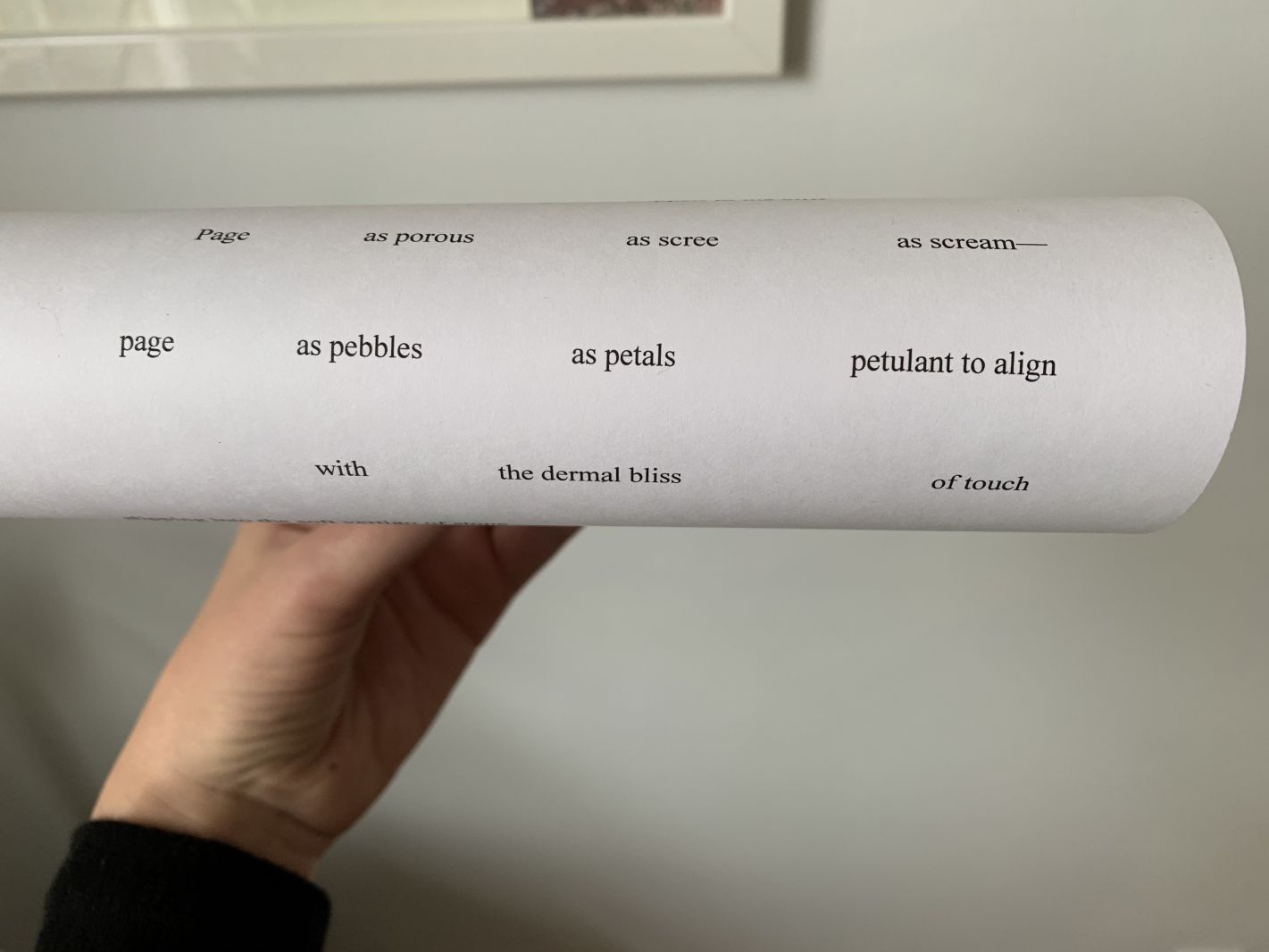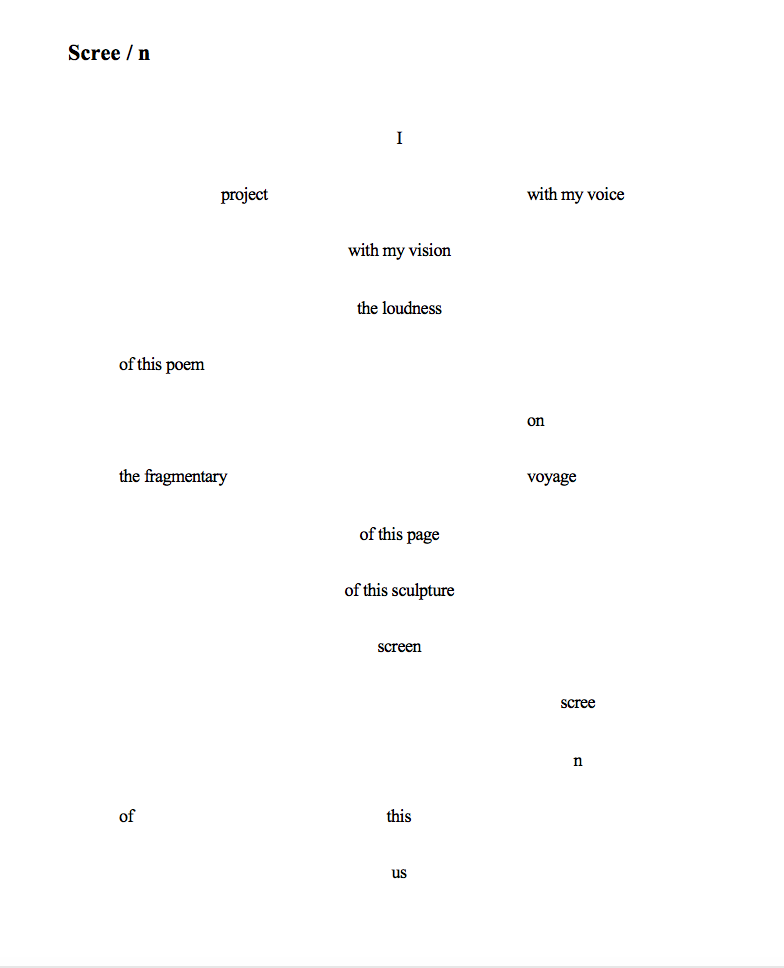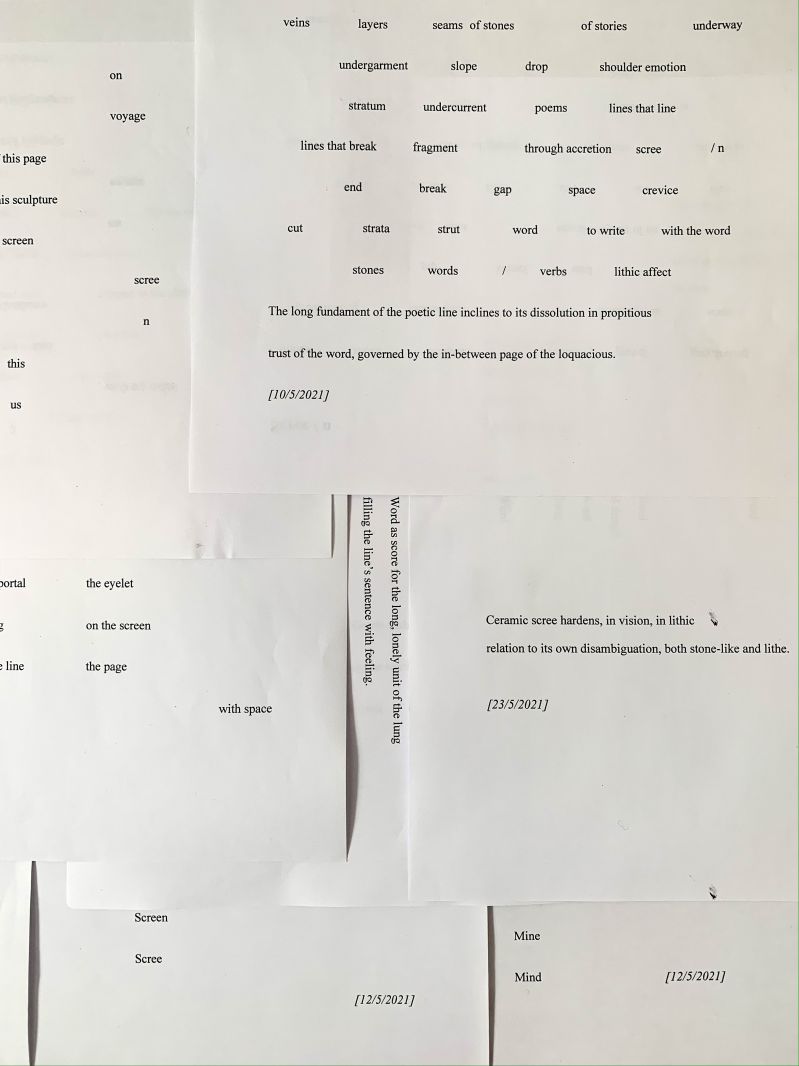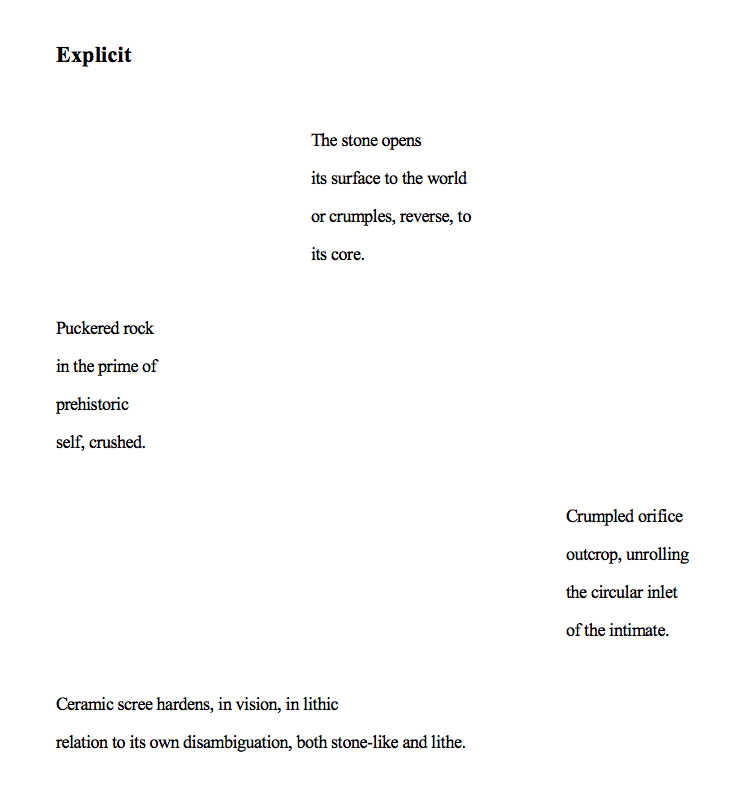Tuesday, May 4, 2021: Situating Ourselves
Long mountain walks through Montserrat became one of the most significant and rewarding activities during an artist and writing residence we were both part of in Spain—coincidentally we met there in May 2018, three years ago, almost to the day. These joint explorations of the striking, serrated mountains offered the most exhilarating environment to discuss our practices, research and ideas. This was the beginning of an important friendship and an ongoing series of collaborative projects.
This photograph was taken during one of our long walks. On returning to the studio, it was then printed and hand coloured with marker pen: a photograph-drawing using colour and image-making to explore the romanticism associated with such a landscape.
Poem excerpt from a nine-part long poem initially drafted in the Montserrat mountains. Channeling the physical experience of exploring the steep, rocky landscape, this work likewise foregrounds the meditative, almost mystical vibrancy of its presence.
An on-site drawing done on handmade paper with marker pens. This is 1 of 15 colour studies, exploring the surrounding landscape.
Thursday, May 6, 2021: Exploring and Experimenting
Exploring formats, this work by Daniel Canty and Stéphane Poirier refracts as a set of postcards (wrapped in wax paper), costume designs (ribbonned), risograph-printed photographs (stapled), and a narrative (we still need to read!).
In order to bridge our geographical distance—Montreal and London (U.K.)!—we created a double virtual system, using Zoom on our laptops to talk face-to-face and FaceTime on our phones to share live video of archival items. This resulted in our first exploration of the archives together on 4 May.
“Incipit” is the first in a series of poems composed during the residency as an ongoing part of Klara’s practice, and a self-referential way to reflect upon and document her research at Artexte and collaboration with Kadie. Parts of the poems will be integrated into an eventual artists’ book.
Salt Scree is one of a body of images Kadie is working with during the residency. The original work was a sculpture made in 2018; in Salt Scree the sculpture has been photographed, printed on hand made-paper, hand-coloured, photographed, and printed again. This work, as well as others, will continue to transform along with the residency and research, existing in multiple forms through a physical and critical exploration of process, space, and movement in the artists’ book.
“A book is a sequence of spaces”
“Written language is a sequence of signs expanding within the space; the reading of which occurs in time”—quotes from The New Art of Making Books, Ulises Carrion (page 31)
Tuesday, May 11, 2021: Dancing through form and space
Our first week exploring the Artexte archives led to some exciting and intriguing discoveries… Both books are from the Mobilivre-Bookmobile collection, a mobile exhibition of independent publishing traveling across North America from 2000 to 2005. The Bread Book is part of the Cahier Folio Culture series, and the Eggs Book is created by Joshua Short.
A choreography of physical movement (of eyes, mind and neck) and surfaces rubbing against one another as space and form mutate—the ‘essence’ of a book? This question/idea is one that kept reappearing in our research and has been scribbled down a number of times in notebooks. Constant thoughts of how text and image might dance with each other led to some unexpected inspiration… my daughter’s wooden rainbow!
Exploration of how our artist book(s) may reference scree—a collection of fragments and ideas building, balancing and transforming.
Experimenting with thoughts about the book’s page, content and form, and how our ideas and collaborative process might balance and transform like the book itself.
Thursday, May 13, 2021: Narrative from line to page to word
Tuesday, May 18, 2021:
Two weeks in, halfway through their residency at Artexte, Kadie and Klara consider how their project has transformed and how they would articulate their current collaboration. They both respond to the broad question:
What do you think we are doing?
Kadie: Before the residency begun I had quite a clear idea about our research direction—we were exploring narrative structures and the relationship between text and image in the format of the artists’ book. I imagined this exploration to result in our own artist book—perhaps a collection of poems and artworks curated and displayed digitally either as a PDF, moving image or website/blog. The ‘physical’ book was something I envisioned us creating in the future, sometime after the residency and that we would need the help of a graphic designer and book binder/book press company to do so. The digital format of an artists’ book was interesting in relation to the ‘virtual’ nature of the residency and seemed more realistic in the 4 weeks we had together.
Only two or three days into the residency and these initial research ideas and questions had already shifted! Exploring the physical artists’ books and publications in the Artexte archives and working with Klara re-directed my thinking to what it actually was that ‘made’ a book an artists’ book or book object. What was the ‘essence’ of a physical book and how did the experience of reading/viewing/interacting with physical and digital formats differ? These new questions led to a lot of research and discussions with Klara and resulted in a very strong urge to create something tactile. Perhaps that also came from the desire to physically share, connect and collaborate after so many months in social isolation.
What are we doing now? We are creating an artists’ book that is sculptural in form and speaks more about ‘paper/process’ than it does ‘page/content’. Our book has become a place for research and a playful experimentation of space, movement, poetic line and surface—and like our process of collaboration it has no singular form or outcome.
Klara: Before the residency began I did not have a clear idea of what we were going to do at all! Ha! I knew that we would be researching artists’ books in the archive and that we were planning to narrativize our own process in the making of our own artists’ book, which would probably be digital—but I also trusted in my and Kadie’s ability to create something within the constraints of a lot of variables. What would we find during our research at Artexte and how would it direct us? What would I write? What image materials would Kadie use? How would our artists’ book materialize?
What we found was twofold: an understanding of the artists’ book that defines it as form rather than content, and many, really fascinating sculptural artists’ books. These two findings made us pivot our idea to a book as a series of sculptures, each work representing a page and including fairly abstract visual materials that Kadie had produced in the past and new poems that I am still writing on an ongoing basis. Due to the nature of the sculptures, my writing tends to be obscured or are rearranged and almost rewritten through the juxtaposition of folded excerpts and creases on the works. I’ve been coming to terms with the idea of my poems being unreadable in the artists’ book of sculptures, or that they will be readable in the very different context of the artwork as a whole, but not as the independently crafted poems they were initially. This is really freeing! Poems that will only be read in glimpses, extracted words here and there, allows me to write with very little inhibition.
We are considering, though, whether there might be an adjacent form of documentation we might create alongside the artists’ book to print or somehow share the poems as raw materials before they were transformed into the visual production of the sculptures. I will probably also read some of these poems during our lecture performance in June.
Thursday, May 20, 2021 :
While Klara has been trying to explore poetry less structured according to the line, Kadie has adopted the line through the fold as a way to move away from the spatial in her sculptures/our artists’ book. Coincidentally, we discovered many artists’ books at Artexte that use the concertina shape or fold to create versatile book objects.



Tuesday, May 25, 2021: Final week: Incipit and Scree
We can’t believe we are in our last week of our collaborative residency at Artexte. It has been an incredibly exciting, productive and stimulating period of research and development—allowing for an unexpected playfulness and experimentation to our joint and individual practices. In the last few days we have been working on creating the final versions of the beginning and middle sections of our artists’ book, “Incipit” and “Scree.”
The opening page or sculpture of the artists’ book, “Incipit,” is made up of five parts that can be rearranged into 42 poses. It is in conversation, though, with only one poem of the same title.
The middle section of the artists’ book, “Scree,” has three pages or sculptures, one of which is likewise organic in its ability to change shape. These works are in conversation with a set of 10 poems all called “Scree / n.” We’ll be sharing images from this work on Thursday.




Thursday, May 27, 2021: Final week: Explicit
On Tuesday, we shared work from the final version of the first part of our artists’ book—”Incipit.” Today, in our final residency blog post for Artexte, we are showing a selection of images documenting the middle section of our artists’ book—”Scree.” A bit off-kilter according to Kadie and Klara’s individual contributions and collaborative process, Klara is sharing work that will lead toward the final section of the artists’ book—”Explicit.”
In “Incipit,” our research focussed on questioning the essence and structure of the artists’ book—deconstructing the book’s traditional form through a sequence of poses exploring surface and movement. “Scree” consists of three separate sculptures—“Concertina,” “Cut-outs” and “Boulders”—and was made in direct conversation with Klara’s sequence of “Scree” poems. However, in “Scree” our explorations shifted somewhat and returned back to the book’s content—the page and how the word and line occupy space. These sculptures are more architectural in form and are the result of various physical manipulations of the page- through cutting, folding or coating in papier-maché.
To date, Klara has written a series of eight poems called “Explicit.” With them, she deliberately turns back to the sculptural works in “Incipit” and “Scree,” drawing on the shapes and poses of the work, but also pilfering little phrases from earlier poems that are visible on the sculptures, rearranged, even mangled, through a new medium. By sourcing visual and textual details from the earlier sections of the artists’ book, Klara is able to stay in dialogue with the previous parts of the book, while simultaneously drawing it to a close through synthesis.
Kadie is currently working on the “Explicit” sculpture which will, in turn, reflect on and respond to Klara’s new poems, the process of collaboration and the development of our research and the book itself.
To hear more about our project, research and collaborative process, please join us on 17 June when we will be giving an online, public-facing event, Sculpture Poem: In Conversation. More details to follow soon.
(Re)watch Sculpture Poem: In conversation, the culminating event of Klara du Plessis and Kadie Salmon’s research residency at Artexte





